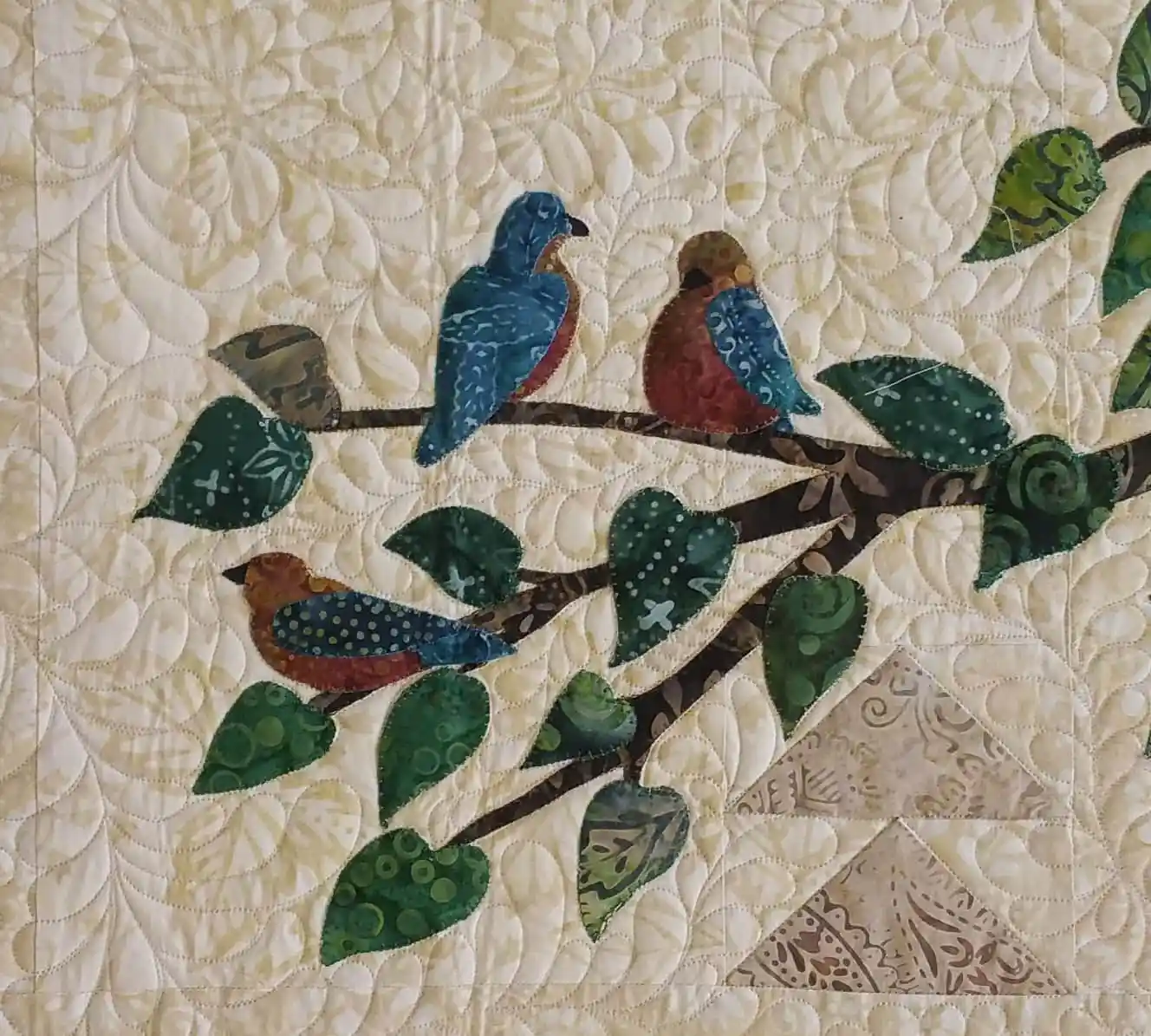Nature journaling is a rewarding way to connect with the natural world, and incorporating bird patterns can make your entries more vivid and detailed. Observing and sketching bird behaviors, markings, and movements not only enhances your journal but also deepens your understanding of these fascinating creatures. Let’s explain how to use bird patterns in nature journaling effectively.
1. Start by Observing Birds Closely
To use bird patterns in your nature journal, start by paying attention to the birds around you. Notice their colors, markings, and movements. For example, look at the stripes on a sparrow’s wings or the unique way a robin tilts its head while foraging. Observing these details gives you a foundation for accurately capturing their essence in your journal.

2. Sketch Basic Shapes and Movements
When adding bird patterns to your journal, begin with simple shapes. Birds can be sketched using circles, ovals, and triangles to outline their body and wings. Once you have a basic structure, focus on their unique patterns, like the streaks on their feathers or the way their tails fan out during flight. This technique makes your drawings more lifelike and engaging.
3. Highlight Feather Patterns
Feathers often feature intricate patterns that are both functional and beautiful. Pay attention to stripes, spots, or gradients in color. Including these details in your nature journal helps showcase the bird’s identity and can serve as a useful reference for identifying species later. Labeling the patterns with brief descriptions can also be helpful.
4. Record Seasonal Changes
Bird patterns often change with the seasons, especially in species that molt or develop breeding plumage. For instance, some birds display vibrant colors in spring but appear duller in winter. Documenting these changes in your journal provides insight into their life cycle and behavior, enriching your observations.
5. Use Bird Behavior in Your Notes
Bird patterns aren’t limited to physical markings. Behavior is another important aspect to capture in your nature journal. Observe how birds perch, forage, or interact with others. For example, note the rhythmic tapping of a woodpecker or the synchronized movements of a flock in flight. These behaviors bring your journal entries to life.
6. Include Habitat Details
Birds often blend seamlessly into their environments. When journaling, include notes about their surroundings, such as trees, shrubs, or water bodies. This context enhances your understanding of their patterns and behaviors while adding depth to your entries.
7. Add Colors for Realism
Colors play a vital role in showcasing bird patterns. Use pencils, watercolors, or markers to replicate the shades and hues of the birds you observe. Pay attention to subtle differences, such as the shimmer of a hummingbird’s feathers or the contrast of a blackbird’s plumage. Accurate coloring makes your journal visually appealing and informative.
8. Use Descriptive Language
Your nature journal doesn’t have to be just drawings; it can also include descriptive text. Write about the patterns you notice, such as “the spotted chest of a thrush” or “the bold black-and-white wings of a magpie.” Using descriptive language complements your sketches and makes your entries more engaging.
9. Focus on Repeated Patterns
Certain bird behaviors, like migration or nesting, follow seasonal or repeated patterns. Documenting these recurring events in your journal helps you track changes over time. For example, you can note when specific birds return to your area each year or the materials they use to build their nests.
10. Reflect on Your Observations
After journaling, take a moment to reflect on what you’ve learned about bird patterns. Consider how these observations connect to the broader ecosystem or what they reveal about the bird’s role in its habitat. Reflection adds a personal touch to your journal and helps you grow as a nature enthusiast.
Discovering New Pathways to Digital Leisure
At Hummingbird Hill, we embrace the beauty of tranquil living while also recognizing the evolving nature of online experiences. For those exploring trusted platforms for digital gaming, https://www.casinocorner.ca/real-money-casinos/ is a valuable guide to real money casinos in Canada. It offers carefully reviewed options for secure and entertaining gameplay. Balancing offline serenity with online enjoyment can lead to a more enriched lifestyle.
Conclusion
Understanding how to use bird patterns in nature journaling enhances your ability to connect with nature and improves your journaling skills. By observing closely, sketching with care, and reflecting on your entries, you can create a meaningful record of the birds around you. Not only will your journal become a source of inspiration, but it will also deepen your appreciation for the beauty and complexity of birds.
Relaxation and Entertainment at Your Fingertips
Hummingbird Hill is a place to find peace and tranquility. In today’s busy world, finding moments of relaxation is essential. Just as we strive to provide a serene online experience, we understand the desire for convenient entertainment. If you’re looking for ways to unwind on the go, exploring mobile gaming might be of interest. For More information on mobile entertainment options, please visit this link.











